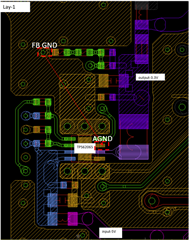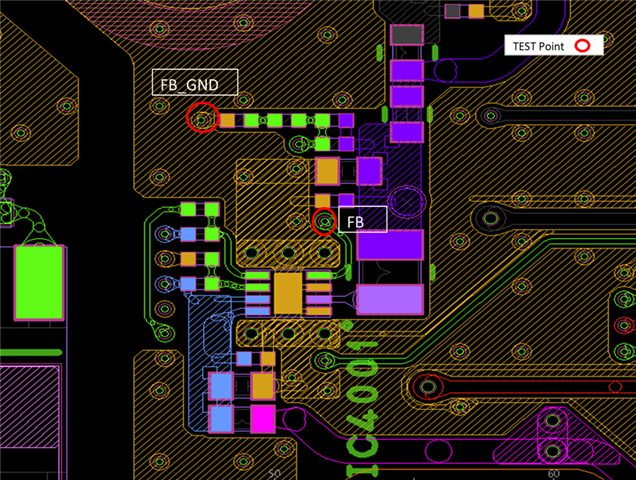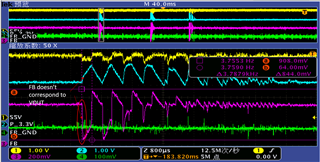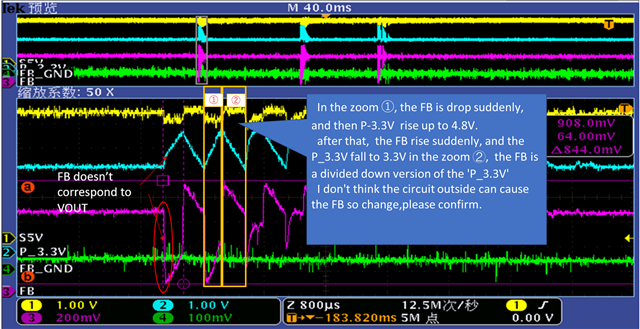Problem: The temperature is -30℃, we switch the unit power on, the TPS62065's output voltage is abnormal, the wave and circuit as below:
the circuit:

the wave when abnormal:
pink is the the output (3.3V)
yellow is the input (5V)
blue is the enable signal for TPS62065

please check and help analyze why the output voltage up to 4.92V ,and the output seam not be stable.
we have check the phase margin , the result is OK.
and the defect rate is low but the voltage of 4.92V may demage the device.











